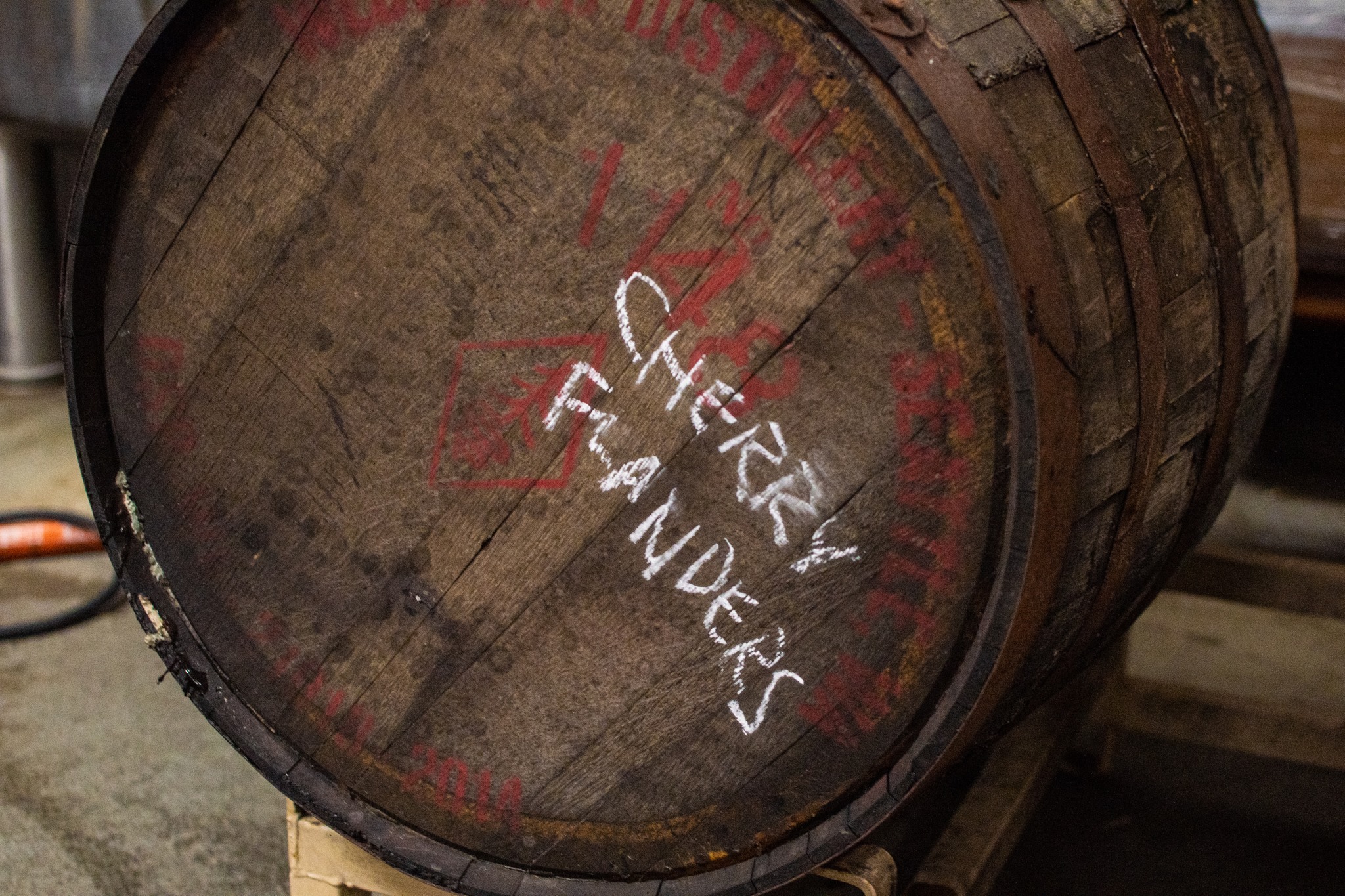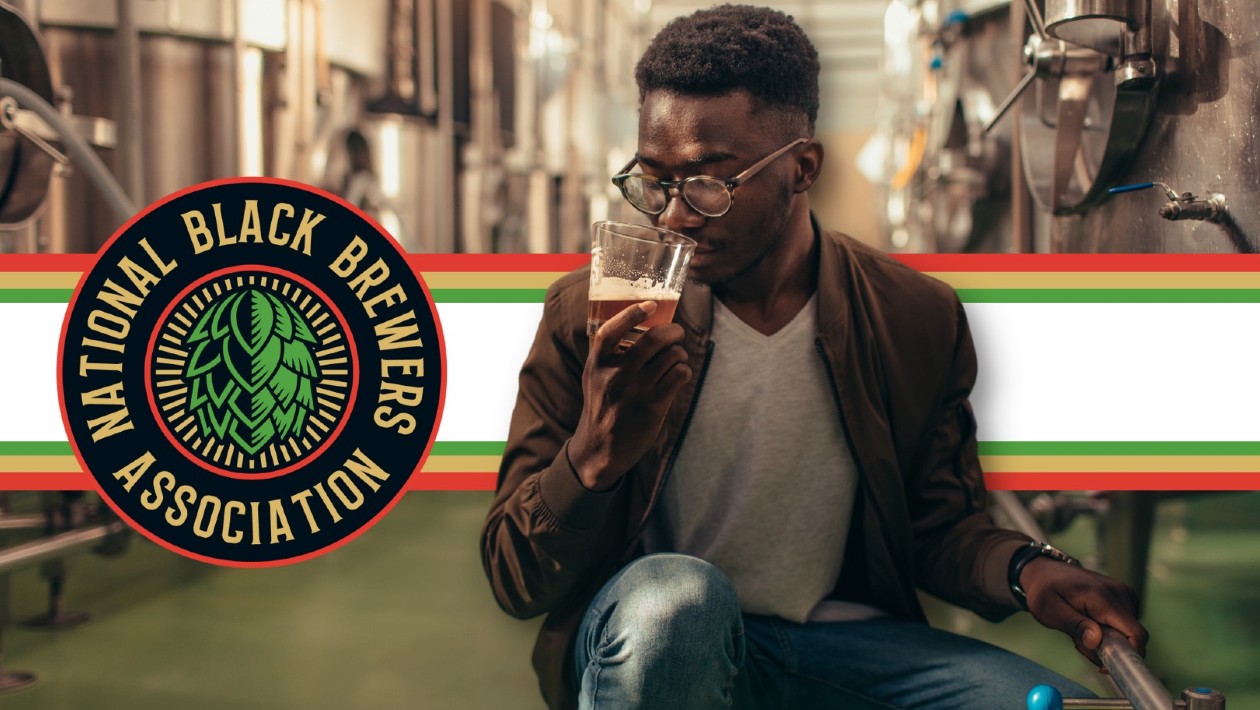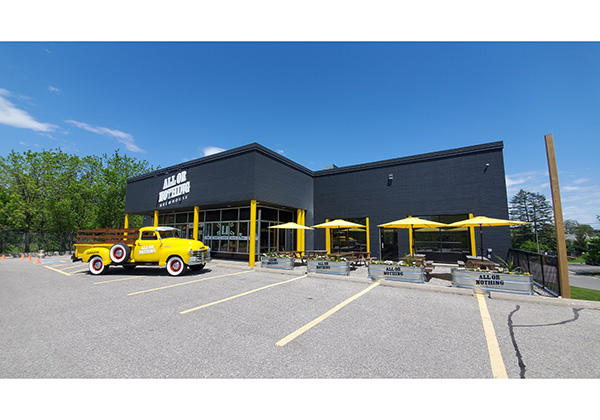
Along with being the Merchandise Manager for Bozeman Brewing, Kristen Hilleren is also the Lead Bartender and works in the tasting room, which gives her a lot of opportunities to talk about and sell various sours that come out of the Bozeman Underground, the Montanta brewery’s sour program.
“Obviously, on a busy Friday evening, with a line six deep at the bar, an in-depth explanation about these different styles may prove more challenging than at 2 o’clock on a weekday, but bartending is always about reading your guest and trying to exceed expectations,” she said. “You can always circle back to the guest and have a conversation when there is a spare minute later.
“In the initial encounter, I believe the primary goal is to get a beer for the customer that they will enjoy. Ask questions! Find out what they are looking for! Something unique and weird? Maybe go for that barrel-aged sour, with more complexity and earthy funky notes that underlie the sourness up front. Something fruity and refreshing? Maybe try the fruited quick sour that is more light, bright, and fruity.”
Borrowing existing language from the wine world is key to describing beers, she said, be they sour or not.
“Why create a whole new vocabulary when many of the words used in the wine world transition perfectly when used to describe beer? Granted, there are instances specifically surrounding sour beers, where wine vocab may not have the words we need,” Hilleren said. “I am no wine expert, but I have yet to encounter a wine with the same tartness that a sour beer has. This means that words typically used to describe food like sour, tart, zing, bite, funky, and (my current favorite) funktification offer descriptive phrases of what to expect in a tasting experience.
“Language is alive—ever-changing as humans evolve to better describe our current experiences and situations. Even if the language used is untraditional, if it conveys meaning and a visceral response, GO FOR IT!”
Sour-Type Cheat Sheet
Here’s what Hilleren shared with Brewer, saying it’s a ‘quick and dirty’ cheat sheet about sour differences:
- Barrel-aged sours use a mixed fermentation process where a combination of Saccharomyces, Brettanomyces, Lactobacillus, and Pediococcus are added to a barrel and slowly transform the beer over time, usually two to five years.
- Barrel-aged wild ales are similar in that they undergo primary fermentation in barrels, but instead of using a variety of yeast and bacteria, only Brettanomyces are added and allowed to shine, bringing out earthy, spicy, and funky notes.
- Quick sours use exclusively Lactobacillus to speed up the souring process and bring out bright, tart flavors.
- Aged quick sours are a hybridized experimentation, where a quick sour that has maybe seen primary fermentation in a different vessel is added to a barrel along with Saccharomyces and/or Brettanomyces to produce sour and funky flavors.
“I love it when people walk in and ask if we have a sour beer available,” she said. “I’m always delighted to inform people that in fact about half of our beer selection is sour.
“We try to arrange our menus so that they are easy and intuitive for people to navigate. We break them up into four sections that correspond to the four different kinds of sour beers that we offer.”




Be the first to comment